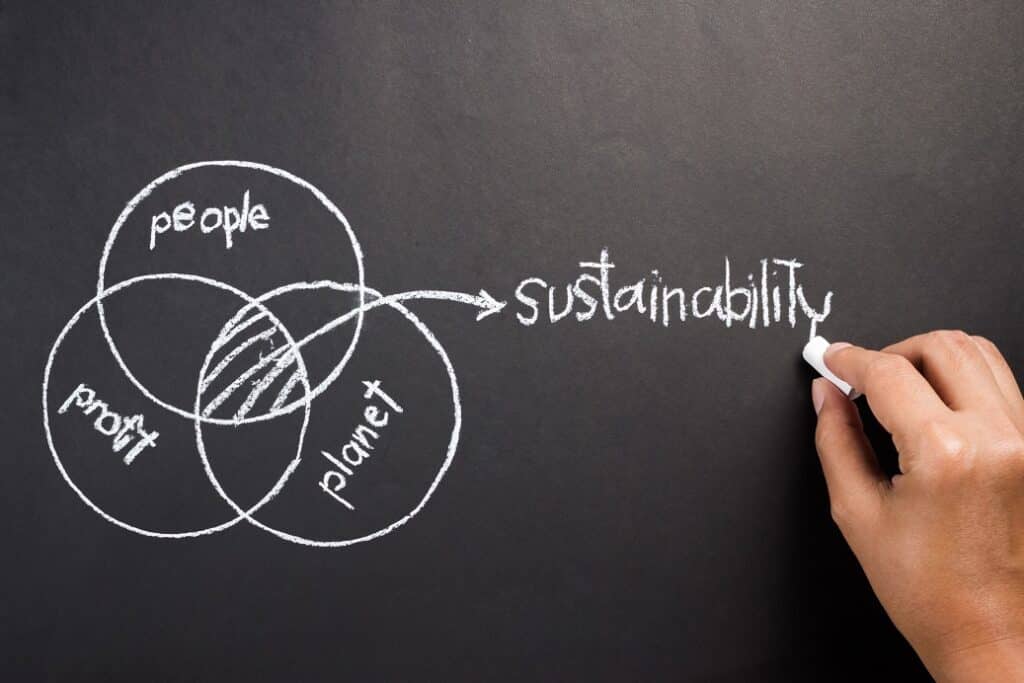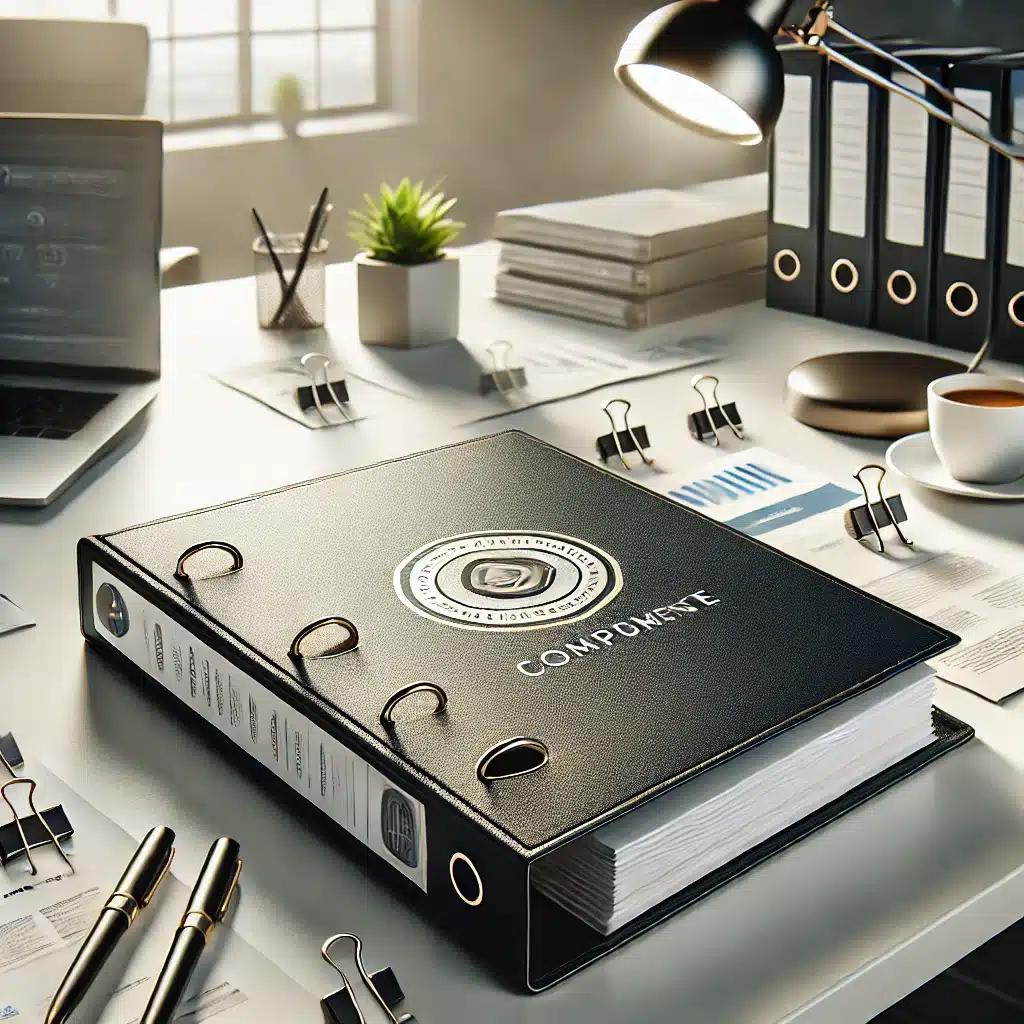
In a world oversaturated with fleeting digital ads, your business’s printed marketing materials have one chance to make a lasting impression. But are they resilient enough to endure? The secret weapon might just be abrasion resistance, an overlooked ally in shaping brand perception and delivering long-term value.
What is abrasion resistance and why does it matter?
Abrasion resistance, put simply, refers to a material’s capacity to withstand wear and tear, particularly from mechanical action like rubbing or scratching. It’s a factor often overlooked, yet absolutely pivotal in the realm of printed marketing materials. From business cards to brochures, catalogs to promotional banners, the durability of these physical tools is tested daily by the hands that touch and explore them.
Abrasion resistance as an indicator of quality
The significance of abrasion resistance extends far beyond the simple notion of longevity. It serves as a litmus test for quality, a silent statement on your business’s commitment to excellence. Materials that easily succumb to wear and tear might imply a brand’s indifference towards quality, thereby detracting potential customers or partners. In contrast, abrasion-resistant materials emanate an aura of durability, longevity, and ultimately, value.
Enhancing Durability through Marketing Materials
Longevity of marketing materials and its impact on brand image.
Every interaction a customer or potential customer has with your marketing materials forms a piece of their perception towards your brand. When these materials boast a rugged resilience against the trials of time and handling, it communicates an attention to detail and a dedication to delivering value. Each piece becomes an ambassador of your brand, representing your commitment to quality and durability.
Case studies
In the fiercely competitive world of business, numerous companies have reaped the benefits of using abrasion-resistant marketing materials. Some brands, by adopting robust materials, have managed to establish their business cards and brochures as tangible proofs of their product quality. Others have seen a direct correlation between the durability of their marketing collateral and their customer retention rates. These cases underline the intrinsic connection between the longevity of materials and the strength of a brand’s image.
Making the Investment: Abrasion Resistant Materials and ROI
Evaluating cost-effectiveness
While initial costs may be higher, the long-term investment in abrasion-resistant materials can be highly cost-effective. The reason is twofold. First, you need to replace durable materials less frequently, reducing overall printing costs in the long run. Second, as we’ve established, they help to portray a positive brand image, which in turn can lead to increased customer trust and ultimately, higher sales.
How these materials contribute to sustainable business practices
Beyond monetary returns, there’s another compelling reason to opt for abrasion-resistant materials – sustainability. With environmental consciousness becoming an increasingly prominent factor in consumers’ buying decisions, businesses can highlight their commitment to sustainability through their choice of durable, long-lasting materials. This proactive approach not only lessens wastage but also demonstrates an environmental stewardship that resonates deeply with today’s conscientious consumers.
Ultimately, the importance of abrasion resistance in your business’s printed marketing materials should never be underestimated. As an indication of quality, a contributor to a powerful brand image, a cost-effective investment, and a sustainability statement, abrasion-resistant materials stand as an indispensable asset for businesses striving to make a lasting impression.

 08/15/2023
08/15/2023  Aaron Dunn
Aaron Dunn


